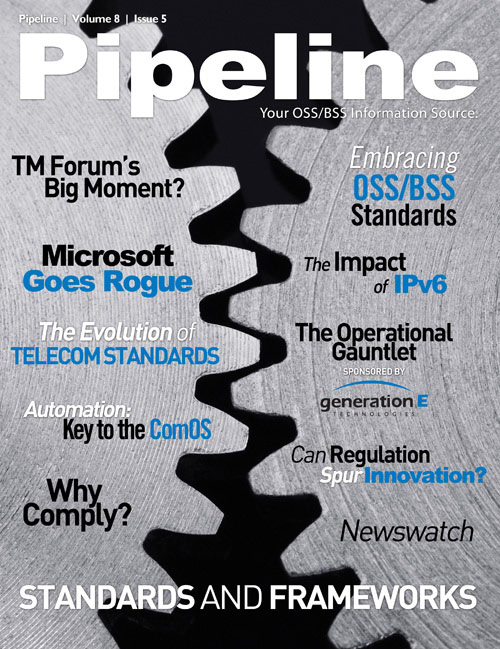The ComOS Evolution
Says John Bratten at Microsoft Global Industry Solutions, Worldwide Communications and Media:
“What we’re seeing in the industry is that the explosion in connectivity, the personalization of services and devices and the increasing need to provide end-to-end management of those services and infrastructure in creative ways—all at a faster and faster pace—complicate business models and place tremendous pressure on our service providers. We think future success belongs to those companies who temper their legacy business support and customer care systems with new, agile technologies delivered by a diverse, next generation partner ecosystem. That’s why we are driving innovation in this space by focusing on nimble solutions with our partners that stand alone or easily augment legacy systems with powerful new capabilities.”
This amounts to BSS purchasing trends shifting almost exclusively to IT. This fundamental shift shows how corporate, business and—soon to come—operational support systems are converging. This trend will continue to emerge and become prevalent as ecosystems, like Microsoft’s, and interoperability standards, like SOA, continue to evolve.
A ComOS populated with innovative solutions from multiple vendors would enable versatility, agility and scalability to allow a CSP to tailor solutions to meet specific needs at specific times. It would also eliminate vendor lock-in, function with real-time modification and solve the best-of-breed versus best-of-class dilemma by enabling a common platform for both.
Examination of open standards shows how theycan provide a platform upon which applications can interoperate—both with equipment and other applications—and affords us glimpses of a future where BSS/OSS solutions can be bundled like Word and Excel, possibly, in the same package.
According to analyst Alan Quayle, today’s CIOs are well aware that the agility required of modern networks won’t come from frameworks comprised of traditionally closed standards. As a result, they are leaning more and more toward open frameworks like the Open Group Architecture Framework (TOGAF) and IT Infrastructure Library (ITIL). Open standards plus interoperability will make for adaptable CSPs, but what is not a given in the equation is vendor compliance.
As with every revolution throughout history, it is up to those most affected to take a stand and demand change.Open standards only provide CSPs the potential to lead the revolution .CSPs need to remember that the vendors and SDOs are there to service them and, as such, are entitled to hold vendors and SDOs accountable to meeting their needs. Present vendors with one simple Darwinian choice: adapt or die. How they react will speak volumes to whether telecom society is an open or closed one. In the end, the question is not whether open standards can revolutionize the industry, nor even if they will ultimately prevail, but how bloody, or bloodless, will the revolution be.










